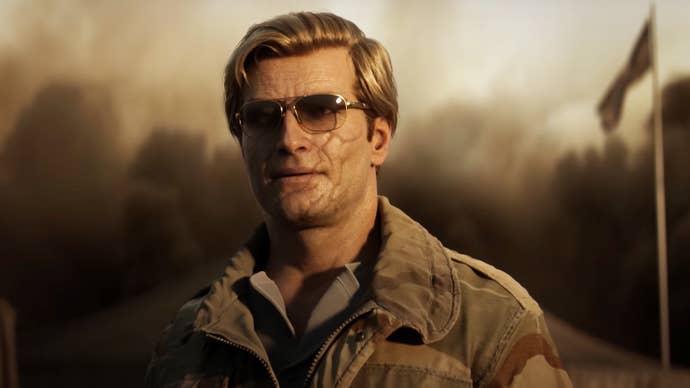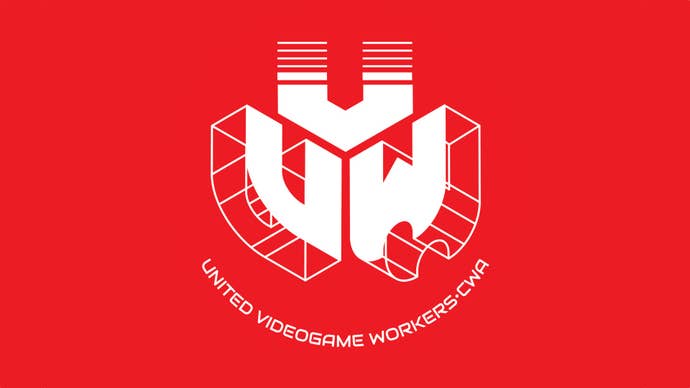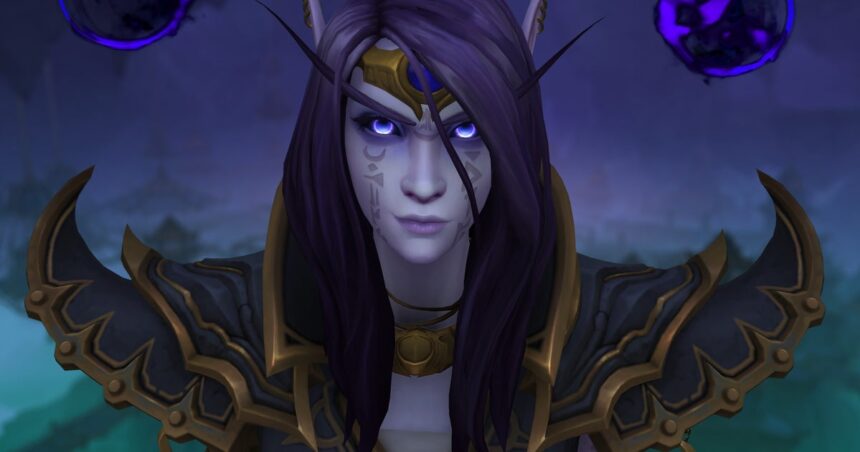Last week, Activision Blizzard’s Story and Franchise Development team (SFD) announced to the world it had unionised alongside the Communications Workers of America (CWA). As of writing, a neutrality agreement is in place while negotiations for a union contract are in the works.
It is not the first time the push for unionisation has surged at Activision Blizzard. Three months ago the Overwatch team unionised, 500 staff from the World of Warcraft team unionised last year, and Raven Software recently ratified its first union contract.
But as yet another wave of layoffs have been made at the company as part of Microsoft’s massive cuts across its gaming studios, this push for employee representation appears more necessary than ever.
To find out more about this next stage in Blizzard’s unionisation efforts, as well as what those at the SFD department want, I talked to two recently unionised Blizzard employees about what’s next for the team going forward.
“The industry has had a lot of instability over the last few years, studios have been hit with layoffs, closures, game cancellations. I feel like it’s the most profitable entertainment sector in the world, and the people who work in it should have a piece of that and some stability to their working conditions.”
That was Alison Venato, video editor on the SFD team and one of many people responsible for Activision Blizzard’s incredibly popular cinematics across Overwatch and Diablo. The team and her have found themselves at the centre of a seemingly ever-shifting company in recent years, where it has proven hard to find stability.
“There’s been a lot of leadership changes over the past few years,” states Veneto, “and we feel like getting a union contract will give us some stability no matter what shake-ups happen at the company. We’ve had others that have unionised on the Warcraft and Overwatch teams, and we’ve had a wave of layoffs hit us since the Microsoft acquisition.
“We understand companies need to make money, but we were bought in the largest tech acquisition of all time, so obviously we have value. Our union can work with the leadership to create a situation that’s beneficial to everyone.”

Sammi Kay, associate producer at Blizzard SFD, shares Venato’s desire to protect the developer’s ability to create the excellent work, without fear of reprisal from an industry disconnected from the realities of modern day video game development
“The industry has been expanding quite rapidly, especially since the pandemic when everyone was playing video games – myself included,” she said. “There’s a disconnect between what the companies and leadership are expecting from the industry and the workers who are developing that content.”
Kay elaborates on the feeling of the developers on the ground at Blizzard: “Everyone at Blizzard who has had a long tenure here enjoys the team, and there’s this sentiment that Blizzard is a special place. Things have changed due to many factors, including the pandemic, and the age of Blizzard as a company and it evolving, including with the acquisition by Microsoft. We’re unionising because we’re attached to how special Blizzard is […] We want to protect what we have and make it better.”

So what do the folks at the SFD department want? Many concerns shared by those recently unionised at Blizzard are similar to those expressed elsewhere in the industry. Namely the issues of pay, AI regulation, and layoff protections.
“Everyone is talking about the same issues,” expressed Veneto. “Pay is always an issue – we live in Irvine which is always expensive. Layoff protections are important given the waves of layoffs [we’ve seen]. Work from home policies are very important to people, and AI obviously is having a huge impact. Plus, we’ve had things that were outsourced that we’d rather have in-house.
Then there’s the “big issue” of transparency, a key demand for those who feel ambushed by years of sudden changes. “A lot of decisions are made about pay and promotions that we have no insight into. So just having some more information there is key. For me and other people in SFD we’re all doing creative work, and a lot of these problems make it hard to be creative. A more stable environment where we have a contract that allows us to do this would be great […] I want to work with the best people on the best work.”
.png?width=690&quality=70&format=jpg&auto=webp)
As for Kay, while they are hesitant to speak on behalf of the whole department, AI regulation and pay are at the top of their list: “For me I would hope for better pay rises that keep pace or ahead of inflation,” they said. “More considerations with the use of AI, what that means as a tool for us at SFD and its implications moving forward. I think there’s very specific discussions on that for those in SFD in particular that should happen. I think it would be prudent to negotiate what layoff protections look like as well as severance packages.”
However, given Kay’s background in film and TV prior to Blizzard, they’re keen to avoid the temp-worker-focused dynamic found in other entertainment industries. “Having gone from contract work to full time was wonderful, and I want that opportunity to be available for more people,” they said. “From discussions I’ve had, there’s movement towards more contract roles being the norm, and that’s not in the best interest of Blizzard and its employees.”
Ultimately it’s a big win for the SFD team, and another blow landed in the ongoing fight for unionisation in the video game industry. With layoffs and closures happening at an alarming rate, one can only hope negotiations go well for all involved.
So how good a shot does the SFD department have at getting what they want, and what’s the deal with what certainly feels like a growing push for unionisation in the video game industry? To find more, I spoke to Scott Alsworth from the UK’s IWGB Union.
He credits the increase in unionisation efforts to several factors: technological displacement (especially poignant with the push for AI), a greater number of working class people joining the video game industry who bring a greater awareness of unionisation, and a response to the state of the industry as a whole.

“People are angry,” said Alsworth “The feeling in the industry is one of frustration. The biggest factor to the growth in unionisation is a widespread response to mass layoffs across the industry. Everybody knows someone who has been impacted, and people see unions as insurance and a way to help them keep their job, or at least a way to get extra help if they’re made redundant.
“It’s a bit of a self-fulfilling prophecy,” he continued “Once unions are there people start joining and you gain momentum. When I’m talking to people about joining a union there are two reasons: the first a basic self preservation, what a union can do for me. The second is a desire to see the industry change, not just for themselves, but for workers everywhere.”
So what sort of protections can be gained? It depends on whether or not the union is recognised by the company in question. But even before any new contract is signed, the SFD department forming a union provides valuable resources.
“In the case of a large-scale layoff, what we can do is make sure the studio is doing things by the book,” said Alsworth “You’d be surprised how many studios cut corners and don’t do things like they’re supposed to do. At IWGB we have a great legal team, and that’s a great resource for us. I can safely say that in a number of cases, things like labour laws haven’t been adhered to. Once we raise that with our legal team, the studio gets spooked and you start to see concessions.”
Then of course as a collective the union has have options like strike action which becomes feasible to organise while unionised, better access to information and council in regard to contracts and an individual’s rights as a worker, and so on. Even as negotiations are in their early stages, the Blizzard SFD department has gained a few tools for its tool belt.
So the decision to unionise is a great first step for those at Activision Blizzard seeking better working conditions. Getting a proper contract in place, getting recognition from the company and solidifying a place within the legendary developer will surely be a hard and arduous process. But it’s a process many are eager to engage in, especially at a time when instability is becoming the norm in an industry gaining a reputation for its troubled nature.





